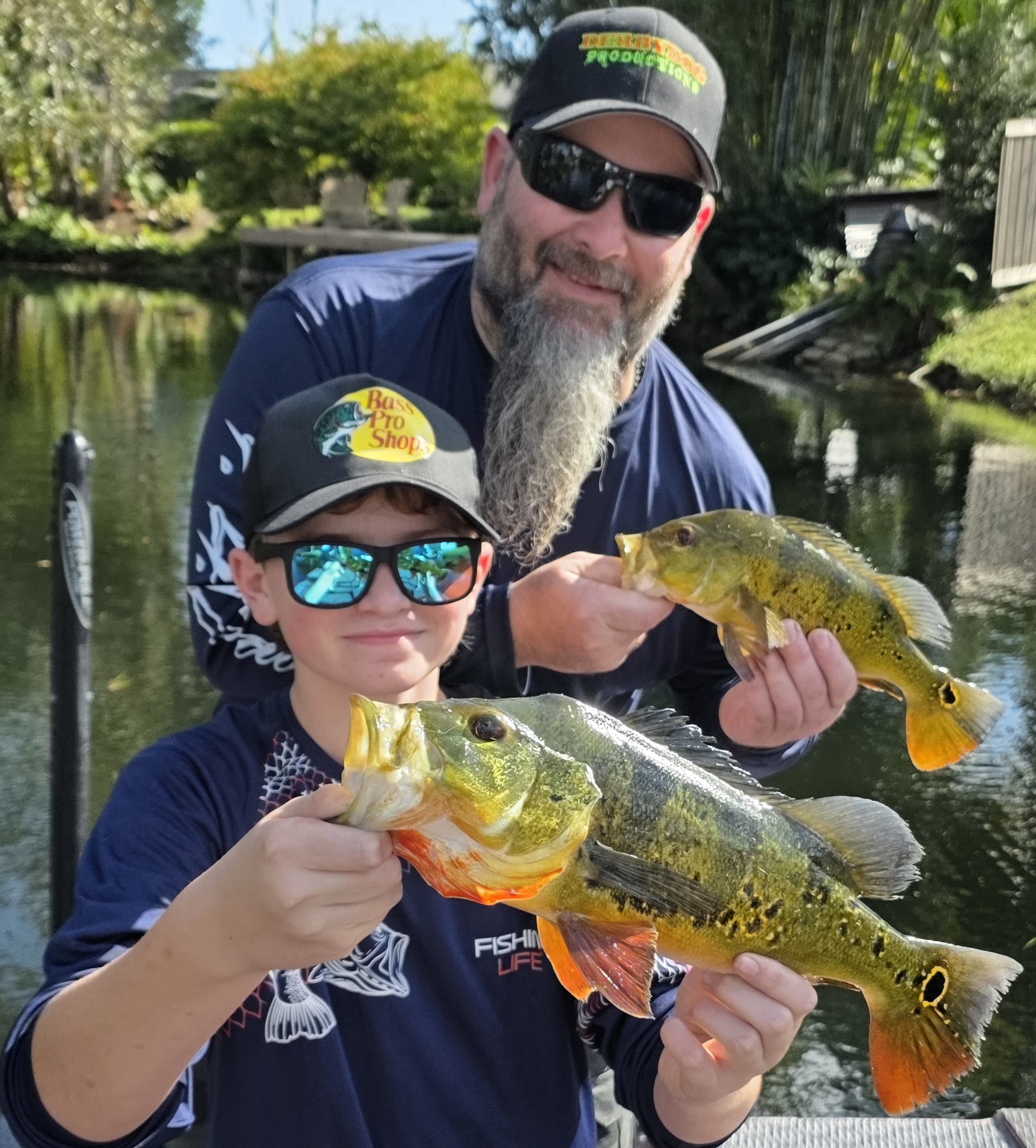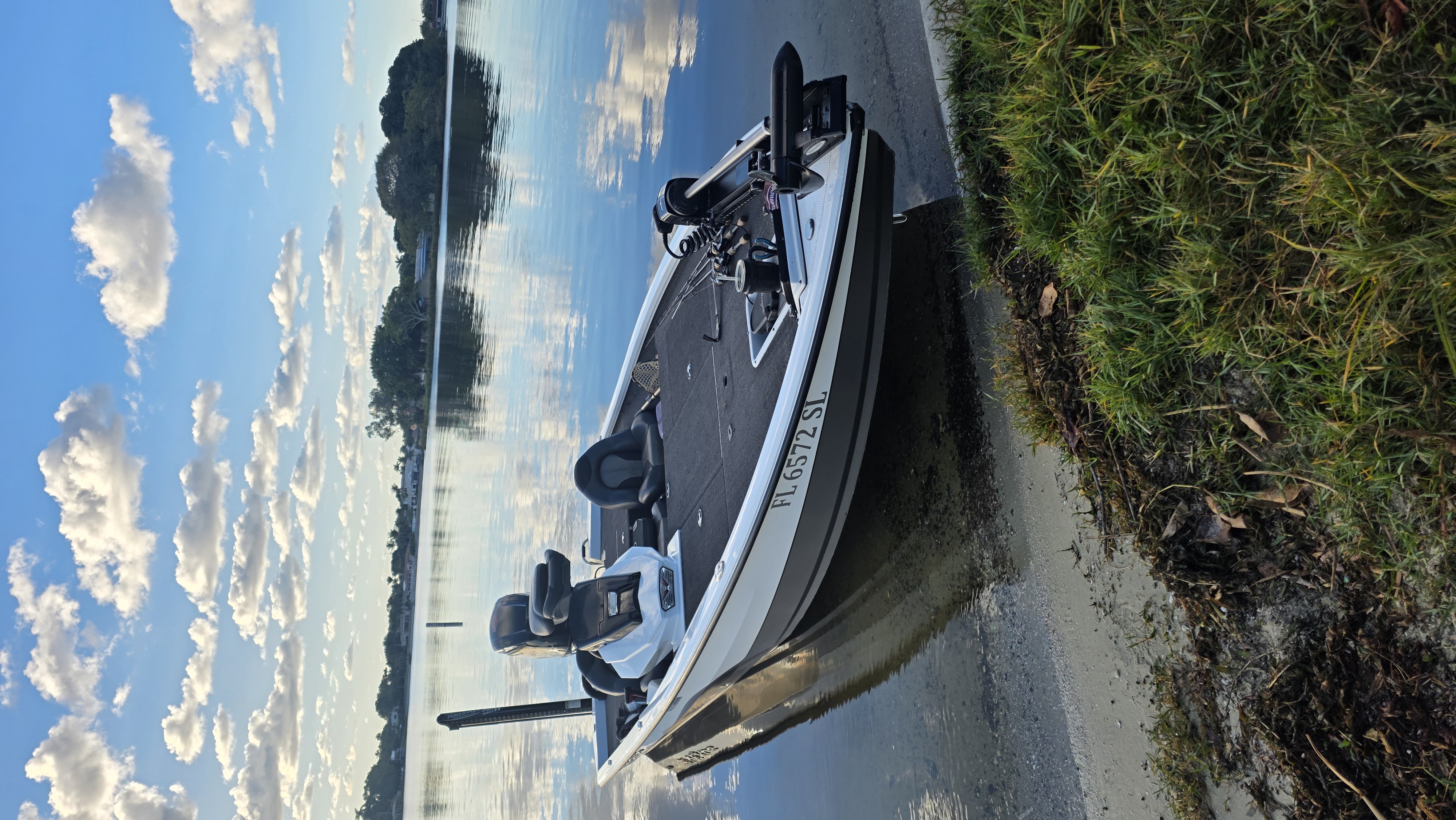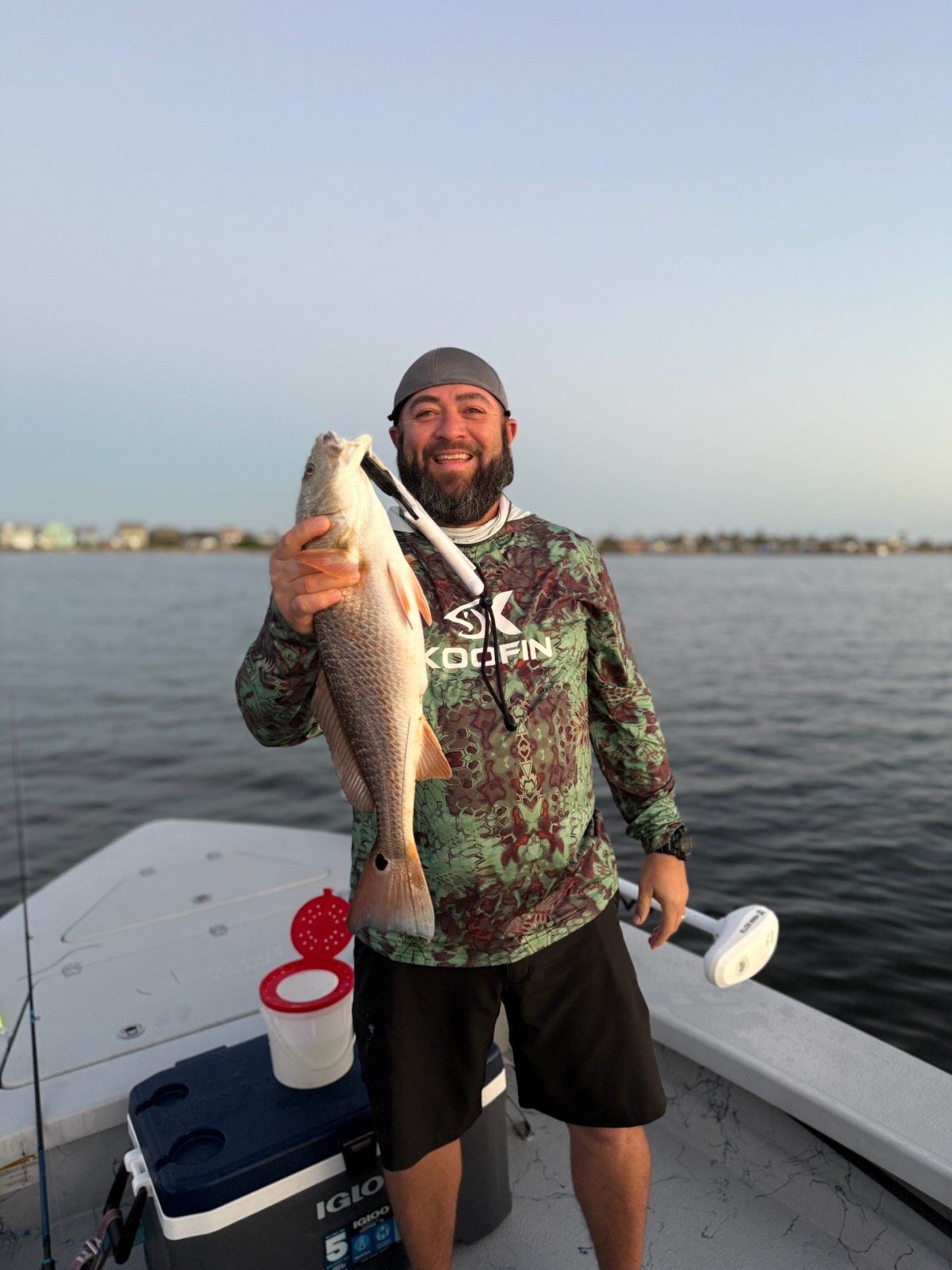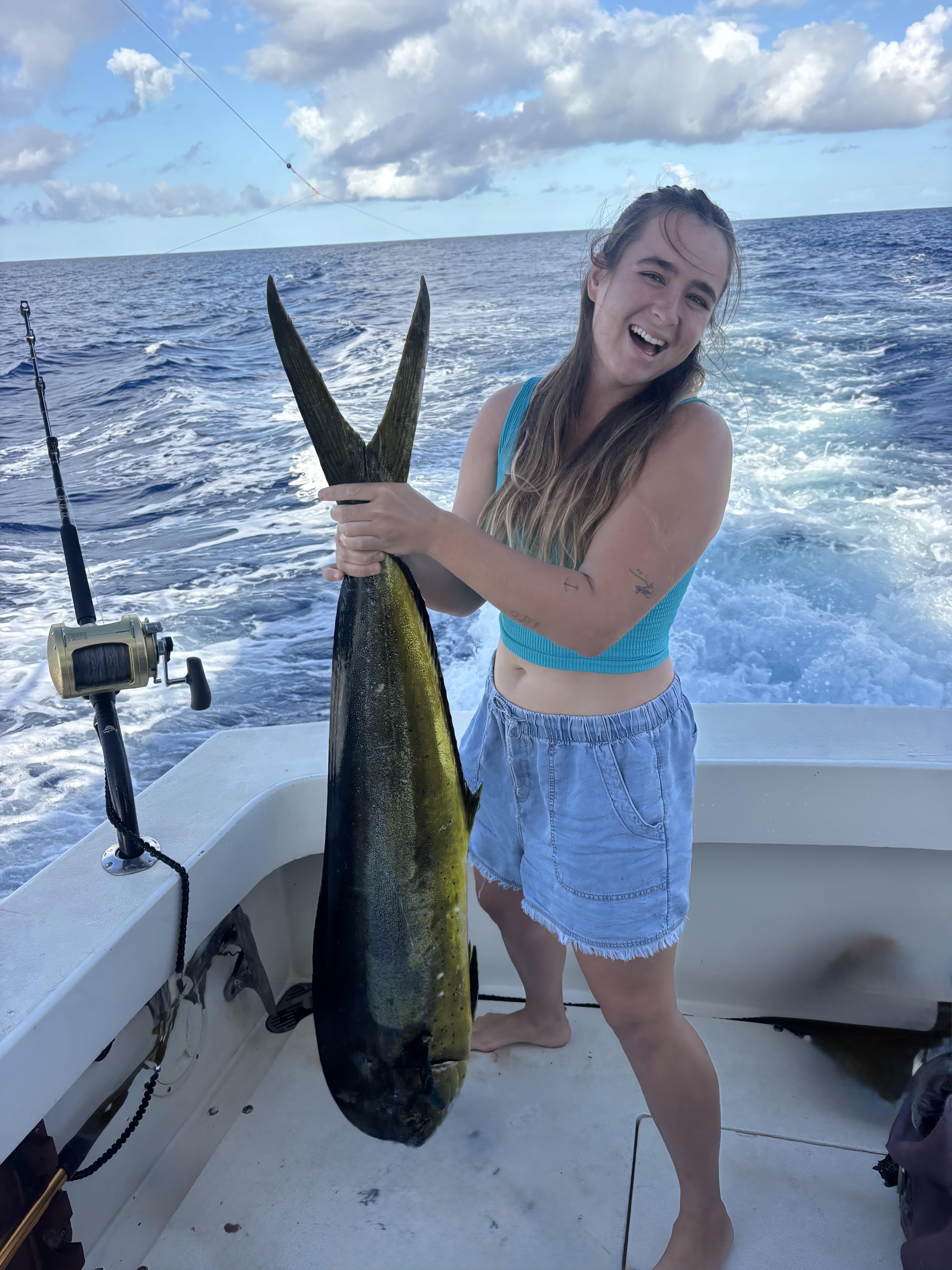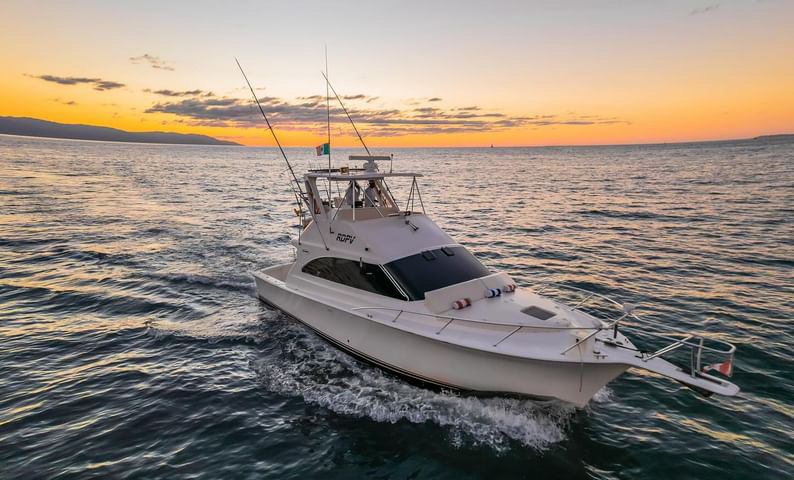Inshore, Nearshore, Flats in Tavernier
Sight Fishing Everglades Natl Park
Miami Peacock (4-8HR)
Lake Ida (4-8HR)
Inshore Fishing in Corpus Christi
Hook, Line & Memories Fishing Trip
Inshore, Nearshore Fishing in Clinton
5HR Trip PM Bottom/ Reef
Deep Sea Fishing in Kailua-Kona
Half Day Charter 4 Hours
Deep Sea Fishing in Puerto Vallarta
31 Ft Grady White Deep Sea Fishing
Inshore, Deep Sea Fishing in Cruz de Huanacaxtle
Luxury 40 Ft Yacht La Cruz
Deep Sea Fishing in Corral del Risco
5-8 Hour Offshore Trip
Inshore, Flats Fishing in Key West
4-8 Hour Inshore Fishing Trip
We started Captain Experiences to make it easy to book fishing and hunting guides around the world. With over 2,000 Damn Good Guides, our platform makes finding and booking a trip seamless. Head here to check out our trips.
What Fish Eat
The majority of game fish are carnivores or omnivores, with a diet that consists primarily of insects, baitfish, and other critters that are commonly found near the water. Some fish are herbivores and only eat plants, but they’re generally not as popular among anglers. It’s no surprise that anglers love big fish with aggressive feeding habits. These predatory species with big appetites will generally eat a ton of baitfish, but they also won't pass up an opportunity to take an even bigger meal. Here are three unusual meals big fish will take if an opportunity comes their way.
Birds
Opportunistic predatory fish in both fresh and saltwater eat birds of various sizes. Birds that are eaten by fish range in size from a duckling to an albatross. Largemouth bass are known to feed on ducklings or other small birds if given the chance. It has also been discovered that pike and musky will feed on ducklings and even adult ducks. Wildlife biologists have also confirmed that birds make up a portion of their diet.

Large catfish have also been known to take advantage of birds bathing in shallow water or sitting on the surface. Sharks are also well known for consuming waterfowl from seagulls and pelicans to albatrosses. A small group of tiger sharks has been documented in Hawaii where they return each year to feed on young albatrosses that crash into the water.
Rodents
The most well known rodent-eating fish species live in freshwater. Trout are the most prominent predators of mice. Because of this, tackle shops now make flies that look like mice. The best conditions for trout feeding on mice occur at night or in the evenings when the moon is bright. This is because mice are most active at night, and the moonlight allows the trout to locate the rodents in the water. Pike, musky, and largemouth bass are voracious predators that we have already mentioned for eating birds, but their feeding habits also extend to rodents. Depending on the size of the fish, they will eat mice, rats, and muskrats that are swimming or walking or walking in the shallows.

Snakes
Snakes are tricky prey for fish because biting the wrong one could be fatal. Bass are popular for ambushing prey on the surface, so a snake swimming might be very appealing. Catfish also eat snakes, generally ambushing them in the shallows or free-swimming under the water. Other fish including pike, musky, trout, and salmon also eat snakes if they have the opportunity, but they live in colder climates making it an even more rare occurrence. There are endless species of small nonvenomous snakes that will occasionally take to the water and can easily be eaten by these fish. On the other hand, rattlesnakes, copperheads, and water moccasins are venomous and could quickly turn the tables on even the biggest fish. As the name suggests, water moccasins spend most of their time in or near the water and routinely feed on fish.
Snakes are also part of the food chain in the ocean where aquatic sea snakes hunt. Sea snakes are typically much more venomous than their terrestrial counterparts, but this doesn’t stop opportunistic predators from taking advantage. Under the right conditions, barracudas, billfish, and other toothy pelagic species will occasionally feed on sea snakes.
The Diet of Predatory Fish
Most predatory fish are opportunistic when it comes to food. Their next meal is never guaranteed, meaning if an easy target comes along, they will try to eat it. This aggressive nature can be problematic—it‘s not uncommon to see fish that have eaten something too big and have a tail or fins sticking out of their mouth. While birds, rodents, and snakes are three of the most common unusual things fish eat, fish will eat almost anything they think can be food. There are plenty of stories from anglers who have caught fish on everything from a piece of trash to an action figure.
If you’re an angler that will only throw traditional baits, maybe it’s time to consider putting a few exotic lures in your tackle box.
Joey Butrus
Updated on August 2, 2023

June 28, 2023

October 26, 2020

July 31, 2024

January 19, 2021

January 7, 2022
Related Articles
April 6, 2023
April 3, 2023
February 7, 2022
Featured Locations
- Fishing Charters Near Me
- Austin Fishing Guides
- Biloxi Fishing Charters
- Bradenton Fishing Charters
- Cabo San Lucas Fishing Charters
- Cancun Fishing Charters
- Cape Coral Fishing Charters
- Charleston Fishing Charters
- Clearwater Fishing Charters
- Corpus Christi Fishing Charters
- Crystal River Fishing Charters
- Dauphin Island Fishing Charters
- Daytona Beach Fishing Charters
- Destin Fishing Charters
- Fort Lauderdale Fishing Charters
- Fort Myers Fishing Charters
- Fort Walton Beach Fishing Charters
- Galveston Fishing Charters
- Gulf Shores Fishing Charters
- Hatteras Fishing Charters
- Hilton Head Fishing Charters
- Islamorada Fishing Charters
- Jacksonville Fishing Charters
- Jupiter Fishing Charters
- Key Largo Fishing Charters
- Key West Fishing Charters
- Kona Fishing Charters
- Lakeside Marblehead Fishing Charters
- Marathon Fishing Charters
- Marco Island Fishing Charters
- Miami Fishing Charters
- Montauk Fishing Charters
- Morehead City Fishing Charters
- Naples Fishing Charters
- New Orleans Fishing Charters
- New Smyrna Beach Fishing Charters
- Ocean City Fishing Charters
- Orange Beach Fishing Charters
- Panama City Beach Fishing Charters
- Pensacola Fishing Charters
- Pompano Beach Fishing Charters
- Port Aransas Fishing Charters
- Port Orange Fishing Charters
- Rockport Fishing Charters
- San Diego Fishing Charters
- San Juan Fishing Charters
- Sarasota Fishing Charters
- South Padre Island Fishing Charters
- St. Augustine Fishing Charters
- St. Petersburg Fishing Charters
- Tampa Fishing Charters
- Tarpon Springs Fishing Charters
- Venice Fishing Charters
- Virginia Beach Fishing Charters
- West Palm Beach Fishing Charters
- Wilmington Fishing Charters
- Wrightsville Beach Fishing Charters





